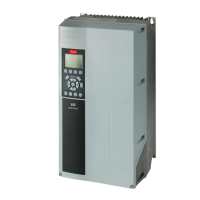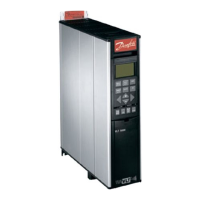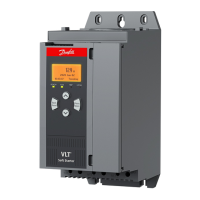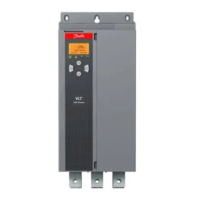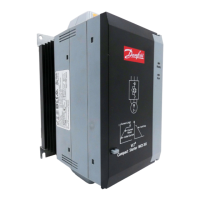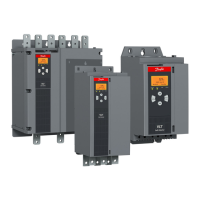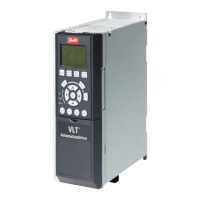Synchronizing controller
4 MG.10.N4.02 - VLT is a registered Danfoss trademark
Introduction
The Synchronizing Controller is an application option for VLT5000 and VLT5000Flux.
The application option consists of two parts
• Synchronizing controller part
• Test Run part
Function description
The Synchronizing controller can be used in any application where a drive is to operate synchronously
with a master drive. The synchronizing controller acts as an electronic shaft. The gear ratio is freely
selectable and can also be changed during operation. The speed or the position is automatically and
accurately controlled based on encoder feedback signals from both the master drive and the slave
drives.
For synchronous operation of two or more drives you can use
• Speed synchronization
• Position synchronization or
• Marker synchronization
Speed synchronization
This is the simplest type of synchronization. It can be used to compensate for speed differences,
where it is not necessary to compensate for position errors.
The speed synchronization between master and slave is done at maximum acceleration. To obtain
optimum control the slave drive should therefore be set for a quicker acceleration speed than that of
the master drive.
Position synchronization (angle synchronization)
This is the electronic shaft ensuring a constant angle position ratio between master and slave drives. In
case of a position deviation the slave drive is automatically accelerated to a speed level that is suffi-
cient for regaining its position to the master drive (I-control like).
Marker synchronization
Marker synchronization is an extended position control. Apart from ensuring a constant angle position
between master and slave drives, marker synchronization provides the option of using either an addi-
tional sensor or the zero track of the incremental encoder to compensate for any deviations between
master and slave that may occur during operation. Using marker synchronization the slave is position
synchronized until the markers is reached and then the control compensates for the position difference
between master marker and slave marker. This type of control is used where precision cannot be
achieved by using a motor mounted encoder. That could be because of gearbox slack or other distur-
bance like belt elongation etc. that are not directly measurable. Similarly, with marker synchronization,
the slave drive does not need to be brought into the start position of the master drive at initial start-up,
as this is affected automatically by marker correction.
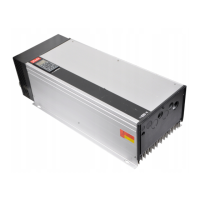
